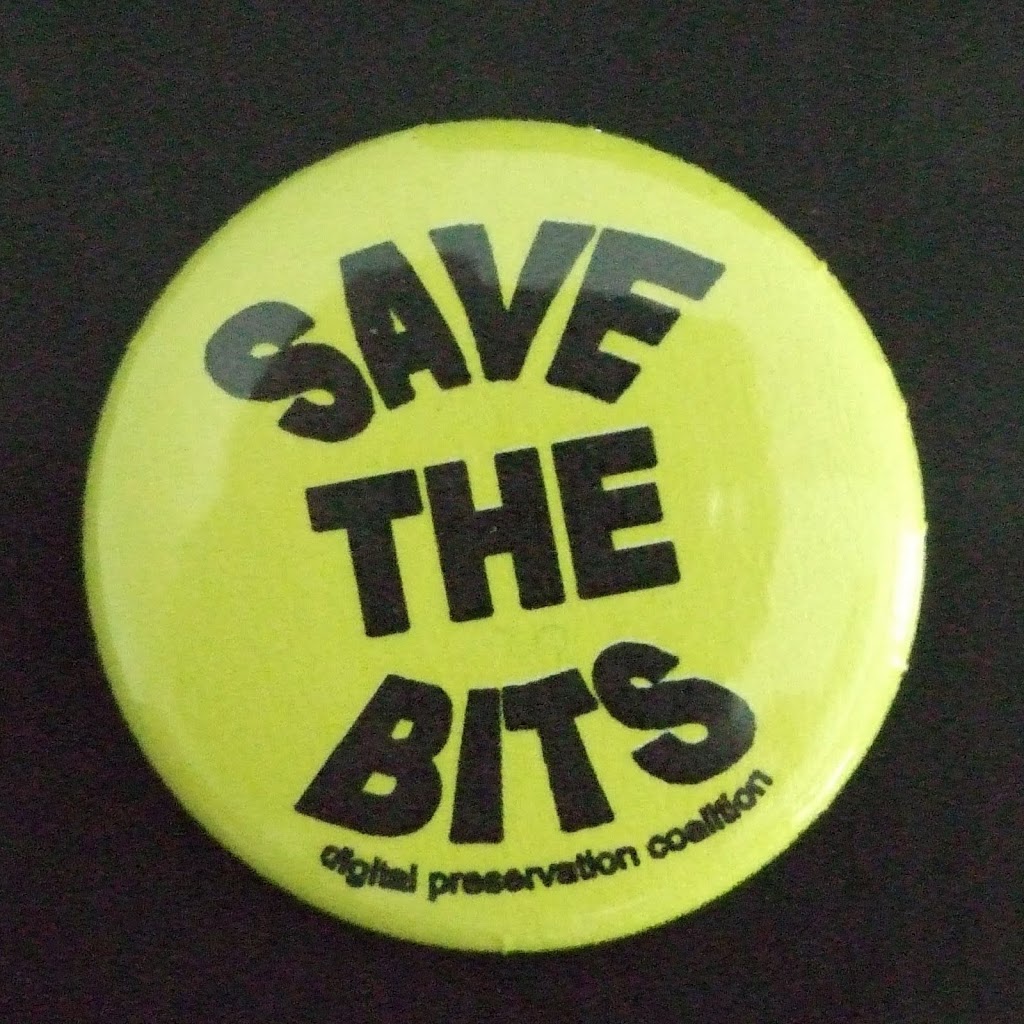On the 1st June 1807 an extraordinary auction began at Rycote Park, near Thame in Oxfordshire. Over the course of the next three days, Rycote’s grand Tudor mansion was sold off brick by brick and demolished to help pay family debts. All that survives today is a fragment of the south-west tower. It was an inglorious end for a house which had once been the dominant force in Oxfordshire politics and entertained kings and queens. Henry VIII visited with his new bride Katherine Howard in 1540. The young Elizabeth I was entertained at Rycote en route to her incarceration at Woodstock in 1554, and she returned on four occasions during her reign. Charles I and his court were accommodated in 1625 when the first parliament of his reign was reconvened in Oxford due to an outbreak of the plague in London. Rycote’s regional and national importance, however, has long been neglected. Not only was the mansion demolished in 1807, but perhaps more importantly, the main bulk of its archive was thrown on to a bonfire.
A Bodleian Libraries project has helped to reveal and shed new light on Rycote’s past. The Rediscovering Rycote website brings the voices and stories of Rycote back to life through manuscripts, letters, maps, accounts and drawings brought together in digital form from more than fifty different Bodleian collections. The website also explores the lives of Rycote’s owning families, generations of whom played active roles in political, military and cultural circles. A range of digitised resources explore their involvement in areas such as Henry VIII’s suppression of the monasteries; Elizabethan warfare; the politics of the Restored Stuart monarchy; and the London music scene in the eighteenth century.
Visit the Rediscovering Rycote website to find out more.

